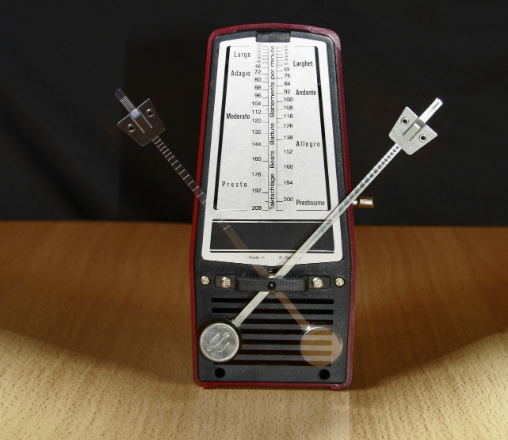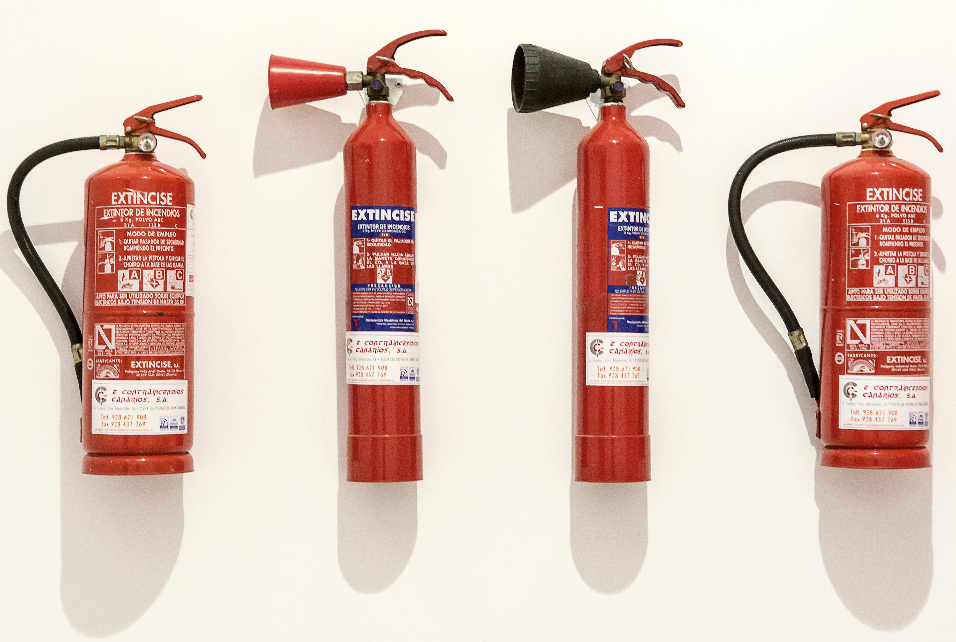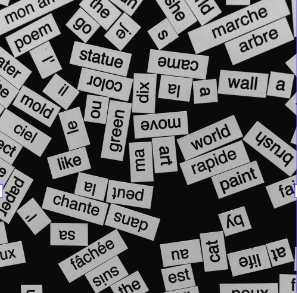Stakes, Desire, and Tension: The Secret to Stories Readers Can’t Put Down
Learn how to create story tension and raise the stakes in your writing. Discover how desire, risk, and uncertainty keep readers hooked—and how to use them to build momentum, emotion, and unforgettable storytelling.
Backstory Without Breaking Momentum: How to Weave the Past Into the Present
Learn how to weave backstory into your writing without slowing down your story. Discover why backstory breaks momentum, see examples of natural integration, and get practical tips to reveal the past through action, emotion, and tension.
How to Keep Your Scenes Moving (Without Losing the Reader)
Learn how to ground a scene in writing and keep your story moving. Discover how to balance sensory detail with forward momentum, fix static scenes, and create story flow that keeps readers immersed from start to finish.
Flat Conflict: How to Create Tension That Keeps Readers Hooked
Learn how to fix flat conflict in writing. Discover why your story feels low-stakes, explore examples of weak vs. strong conflict, and get simple techniques to raise the tension, deepen emotion, and keep readers hooked from start to finish.
Stop Info Dumping: How to Share Backstory Without Boring Your Reader
Learn how to avoid info dumping in writing. Discover what causes info dumps, why they slow your story, and how to weave backstory naturally through action, curiosity, and emotion—without boring your reader.
Writing Realistic Dialogue: How to Make Characters Sound Human
Learn how to write realistic dialogue that sounds natural and human. Discover common mistakes that make dialogue feel stiff, explore examples of authentic speech, and get practical tips to create believable, engaging conversations in your stories.
Why Your Dialogue Sounds Flat (and How to Fix It)
Learn how to fix weak or flat dialogue in writing. Discover why your dialogue sounds unnatural, explore examples of strong vs. flat conversation, and get practical tips to add rhythm, tension, and voice so your characters sound real.
Identifying the Strongest Image in a Sentence (and Letting It Lead)
Learn how to identify the strongest image in a sentence. Discover how to spot cluttered description, find the image that carries emotional weight, and trim your prose for clarity, rhythm, and impact. Includes before-and-after examples and quick fixes.
Missing Image Hierarchy: Why Some Descriptions Confuse the Reader (and How to Fix Them)
Learn how to fix confusing or cluttered descriptions in your writing. Discover what image hierarchy is, why it matters, and how to guide your reader’s eye through a scene with focus, pacing, and clarity. Includes examples and quick fixes.
How to Stop Head Hopping in Your Writing: What heading hoping is and how to avoid it
Learn how to avoid head hopping in writing. See clear examples of POV shifts, discover why head hopping confuses readers, and get simple tips to keep your point of view consistent so your scenes stay immersive and easy to follow.
How to Avoid Neutral Point of View (POV) in your Writing
Learn how to avoid neutral point of view in writing. See examples of neutral vs. character POV, discover why neutral description feels flat, and get practical tips to filter scenes through your character’s eyes for deeper, more engaging prose.
Stop Naming Emotions: How to Show Emotions Through Action
Learn how to show emotions through action in writing. See examples of naming vs. showing emotions, discover why labels fall flat, and get practical tips to anchor feelings in body language, objects, and voice so your characters come alive.
How to Avoid Overexplaining in Writing (Hint: Trust Your Readers!)
Learn how to avoid overexplaining in writing. See examples of common overexplaining mistakes, discover why it weakens your prose, and get practical tips to trust your readers, cut clutter, and keep your sentences clear and confident.
Spice Up Your Writing: How to Show Emotions, Physicality, and Sensory Detail
Learn how to show emotions, physicality, and sensory detail in writing. See examples of telling vs. showing, discover why naming emotions falls flat, and get simple tips to bring your characters and scenes to life.
Flat Description: Why Your Writing Feels Lifeless (and How to Fix It)
Learn how to fix flat description in writing. See examples of lifeless vs. vivid description, understand why description falls flat, and get simple tips to add sensory detail, POV, and energy so your scenes come alive.
How to Use Sentence Variety in Writing, So Your Readers Stay Awake
Learn how to use sentence variety in writing to keep your prose lively and engaging. See examples of monotonous vs. varied sentences, understand why variety matters, and get quick tips to mix rhythm, length, and structure so your readers stay hooked.
Avoid Redundancy & Over-Descriptive Writing: How to Keep It Clear
Learn how to avoid redundancy and over-descriptive writing. See clear examples of wordy vs. concise sentences, understand why wordiness happens, and get simple editing tips to keep your prose sharp, clear, and powerful.
Run-On Sentences: How to Spot Them and Fix Them Fast
Learn how to spot and fix run-on sentences in your writing. See clear examples of run-ons, comma splices, and sentence smash-ups, plus simple rules to repair them with punctuation, conjunctions, and better rhythm.
How to Avoid Over-Descriptive Writing
Learn how to avoid over-descriptive writing and purple prose. See clear examples of bloated vs. balanced sentences, understand why overwriting happens, and get simple rules to keep your prose sharp, vivid, and reader-friendly.
Show Don’t Tell in Writing: What It Means (With Examples)
Confused by “show don’t tell” in writing? Learn what it really means, see clear show vs. tell examples, and discover simple ways to fix telling so your scenes feel vivid and alive.




















